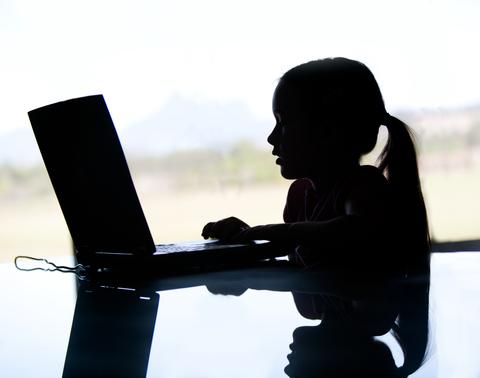
Protecting your children online
It's one of the most significant challenges facing parents today. As the world becomes smaller and the ability to access information and people continues to accelerate, how do parents protect their children?
In the old days it was easy. Teach your kids to cross the road safely, stay in well lit areas and avoid contact with strangers. Do those things and life was pretty safe. But today, our children are "friends" with people they have never met and are unlikely to meet IRL (in real life – because now we speak in acronyms and initialisations rather than real words!).
Parenting is a balancing act. You want to give your children enough freedom to experience the world but limit them for their own safety. Before we dive into setting particular controls and dishing out the advice regarding online safety there's something we want you to consider.
All the protection in the world will not stop your children from making poor choices. The most important protective skill you can give your child when they're online is discernment – how to make smart choices about what they search for, what they accept as truth, what they share and who they communicate with.
Be involved in your child's online life, just as you would in the real world. You probably know the names of your child's school friends. Do you know their online friends? When your children go to see a movie at the cinema you know what theatre they're going to and what they’re seeing. Why is online video different?
Location
A good starting point is to set rules for where computers can be used in the home. If you have a shared computer that's used by several family members, place it in a public space. Not only will this discourage kids from accessing sites that they ought see it can become a way for the family to share interesting things they see online.
With kids now routinely having access to computers and tablets as part of one-to-one programs, setting rules about where and when computers can be used is a good way to establish a safe physical environment. For example, make a decision about whether computers can be used in bedrooms and the times they can be used and enforce them.
The next step is actually managing what content your kids can access.
There are Rules
Social media and online messaging services have terms and conditions that users sign up to when they create their accounts. In most cases, these services set the minimum age for customers at 13 years old. Some even go as far as specifying that users between the ages of 13 and 18 require parental consent to use the service.
For example, the popular messaging service Kik specifies that parents can have their child's account deactivated if they have not provided that consent.
However, they have gone further, rating part of their service as 17+ as a result of their Kik Cards service that can be used to find images, videos and, play games.
Boundaries
There are lots of programs that limit access to specific content based on a set of rules. However, these programs can be difficult to set up, easily bypassed by savvy kids and make running your computer more complex.
Spend some time getting to know your router. The router is the device that shares your Internet connection either wirelessly or with cables to the devices on your network. Many router manufacturers, realising that their customers are looking for ways to better manage Internet access in the home, have added options for filtering what flows in and out of their network.
If you're choosing a new router for your home, take some time to look at the parental filtering options available. You may even find that the router you have has some filtering options already available that you haven’t used. Those filtering options might allow you to block specific sites or block sites based on keywords. More sophisticated systems use site categories and allow you to create specific rules for each person in your household.
Any routers will also allow you to set access rules based on time. For example, if you have a house rule that says no social media between 4pm and 6pm, as that's homework time, you can block access to Facebook, Tumblr, Twitter and other sites during those hours for specific computers. There are some simple things you can do on shared computers as well. Google and Bing both offer options that filter search results so that explicit results are omitted. With Google, you'll need to sign in with an account in order to lock the Safe Search setting so that your kids can’t disable it.
Security Software
If you browse through the computer software shelves at your local store you'll notice that "antivirus software" doesn't really exist any more. It's been superseded by the more comprehensive "Internet Security" category. Many Internet security packages include some form of site filtering. Ostensibly, this is so that you're protected when you visit a website or receive an email that is attempting to lure you into revealing personal information or steal data directly from your computer. But it can also block access to sites that contain content you'd prefer your children avoided.